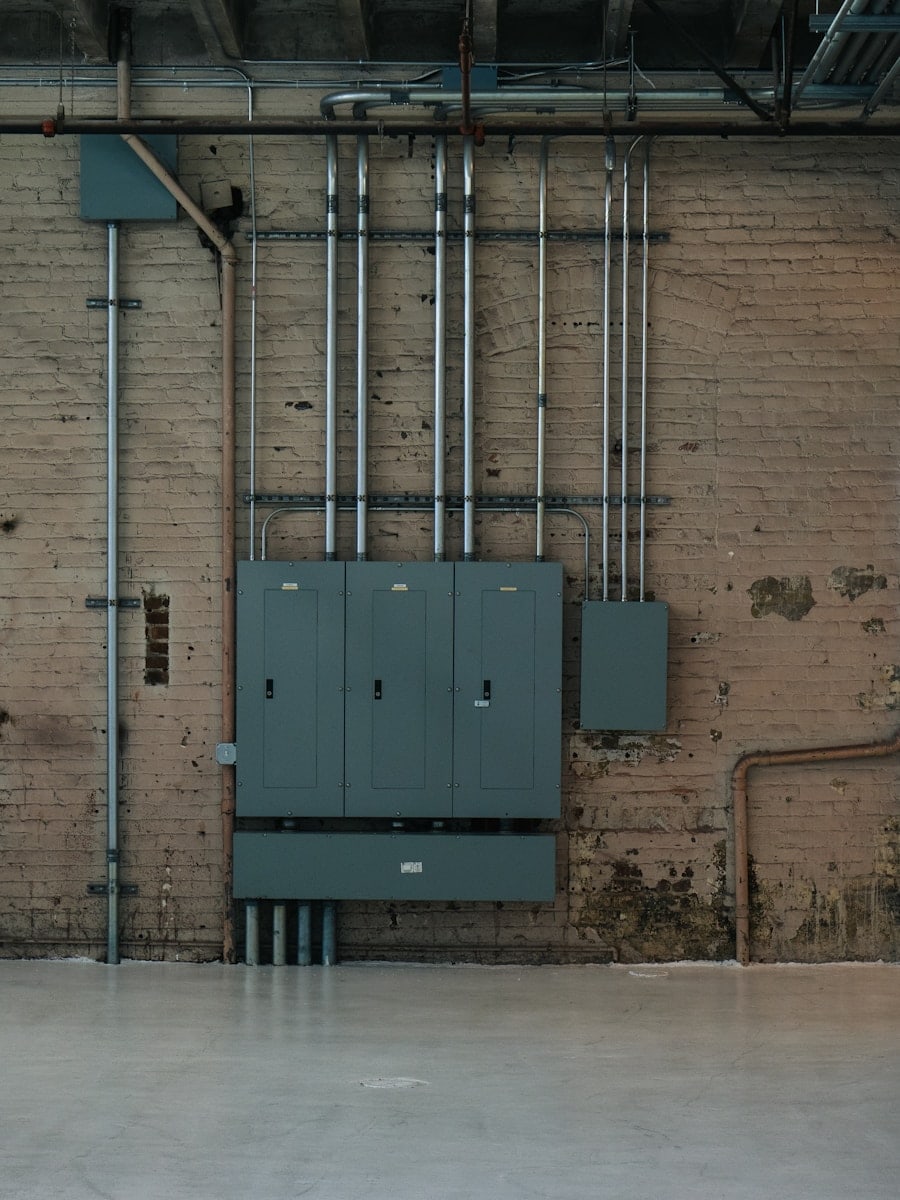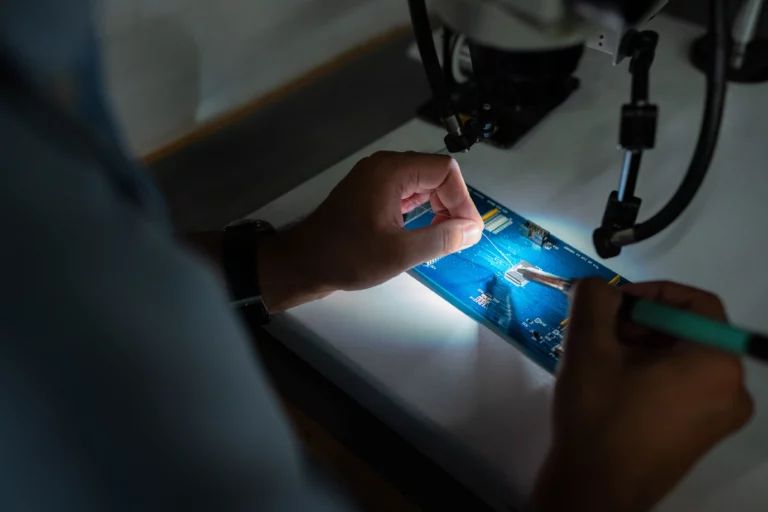If your PC trips the circuit breaker when you power it on or while using it, that means the electrical load on that circuit is too high, or there’s a wiring/equipment issue. Here’s a step-by-step troubleshooting and fix guide:
1. Understand Why Breakers Trip
Circuit breakers are safety devices. They trip when:
- Overload → Too many devices on the same circuit draw more current than it’s rated for.
- Short circuit → A wiring fault or damaged component causes a sudden surge.
- Ground fault → Current leaks to ground (can happen with faulty power supplies).
👉 Most home breakers are 15–20 amps. A gaming/workstation PC with a high-wattage PSU (750W–1200W) can draw a lot, especially if sharing the circuit with heaters, AC, or other electronics (source: Hunker).
2. Check the Circuit Load
- Find the breaker rating (15A or 20A is typical).
- Add up the loads: PC wattage ÷ 120 volts ≈ amps used. Example:
- 1000W PSU ÷ 120V ≈ 8.3A.
- If you also run a space heater (12A), you’re already over a 15A breaker.
- Move other devices (printers, heaters, fridge, AC, etc.) to a different circuit.
3. Inspect Your PC’s Power Supply
- A failing PSU can cause breaker trips due to inrush current or internal shorts.
- If trips happen only when turning on the PC, the PSU may have a high inrush current.
- Consider a PSU with inrush current protection or a power-on delay device.
4. Check the Outlet & Wiring
- Loose or damaged outlets can cause arcing → breaker trips.
- Use a receptacle tester to check for wiring faults.
- If the breaker trips instantly when you plug in, call an electrician — could be a wiring short.
5. Use a Dedicated Circuit (Best Fix)
- Ideally, run your PC on a dedicated 20A circuit.
- Heavy loads (gaming rigs, servers, crypto mining PCs) should not share a circuit with appliances.
- An electrician can install a new outlet/circuit if needed.
6. Other Solutions
- Uninterruptible Power Supply (UPS): Provides surge protection and smooth startup current.
- Power Conditioner: Helps with line stability.
- Breaker Upgrade: If safe and wiring supports it, an electrician can upgrade from 15A → 20A.
7. When to Call a Pro
- Breaker trips even with only the PC plugged in.
- You smell burning, hear buzzing, or see sparks.
- The breaker itself feels hot or trips randomly.
These are signs of electrical faults — not just overload. Contact a licensed electrician.
✅ Quick Checklist
- Move PC to a different circuit.
- Unplug other high-draw devices.
- Check PSU health.
- Test outlet wiring.
- Consider a dedicated 20A circuit.
⚡ Bottom line: Your PC is likely overloading the breaker because of total load on the circuit or a PSU issue. Start by isolating the PC on its own breaker. If trips continue, check the PSU and wiring, and involve an electrician if needed.



